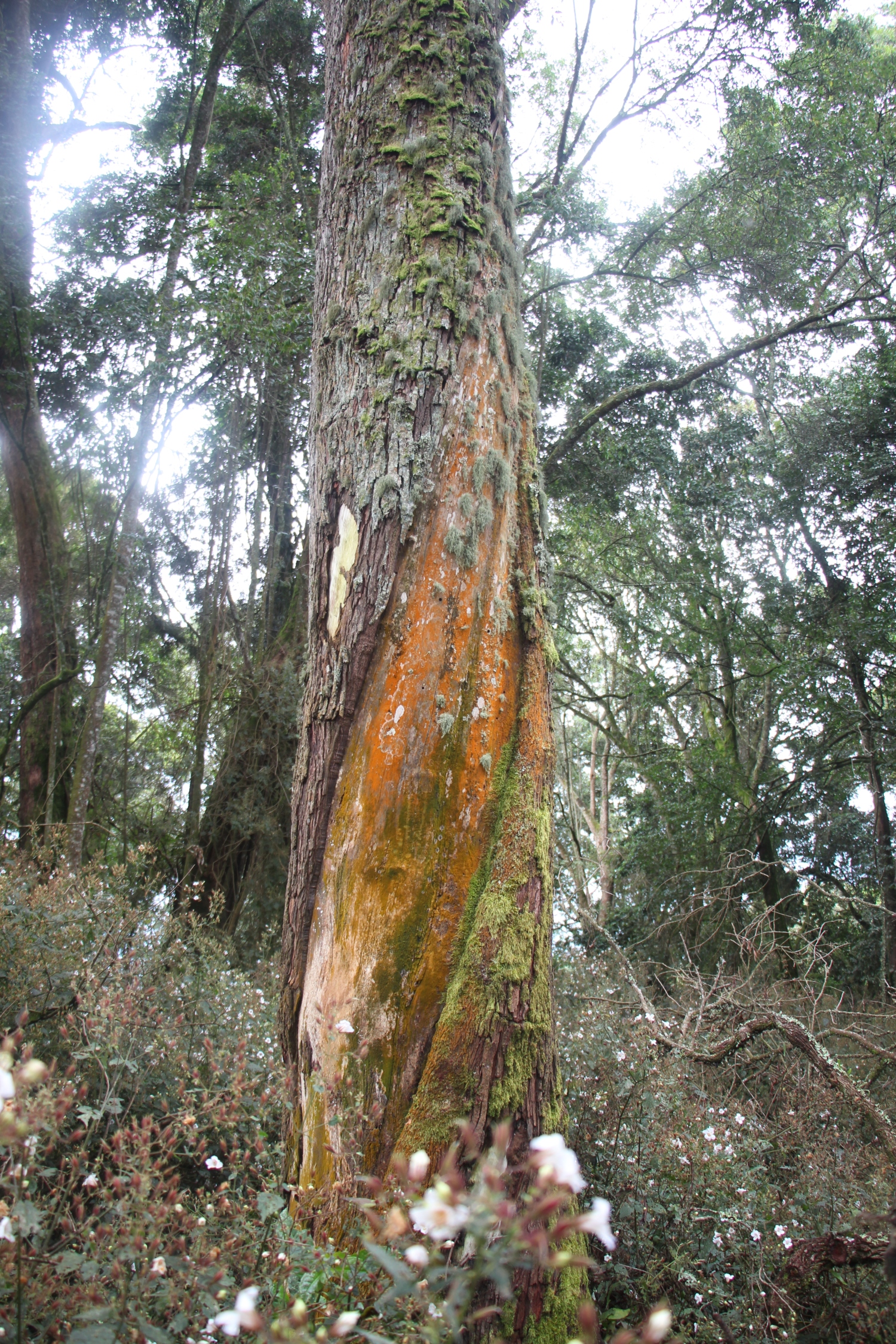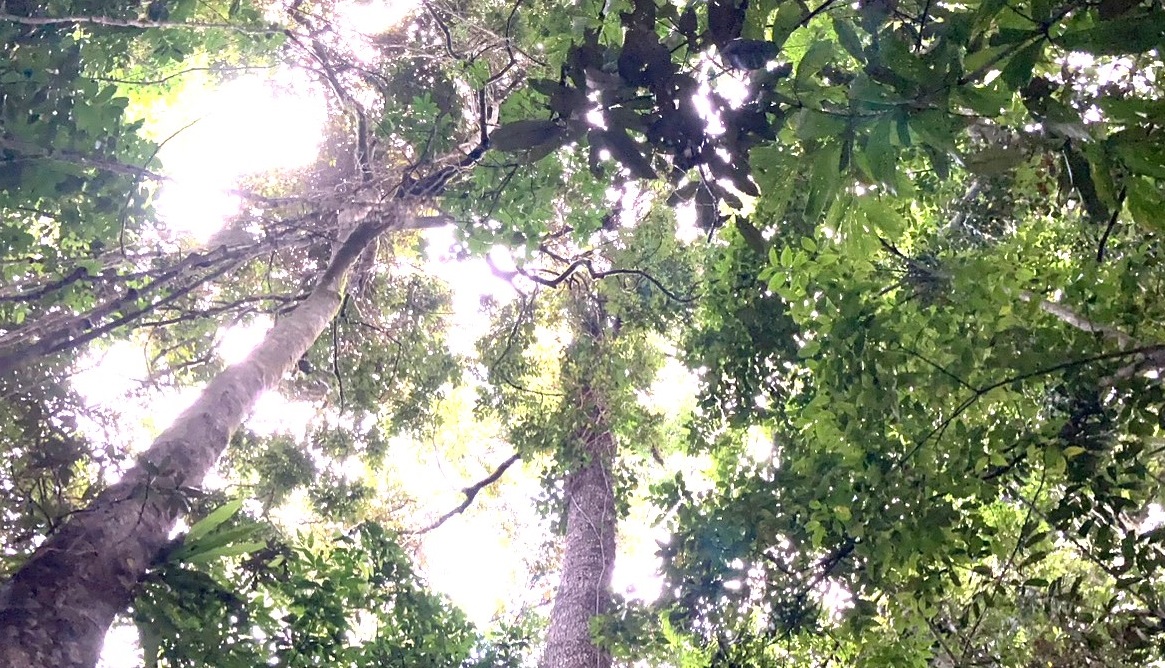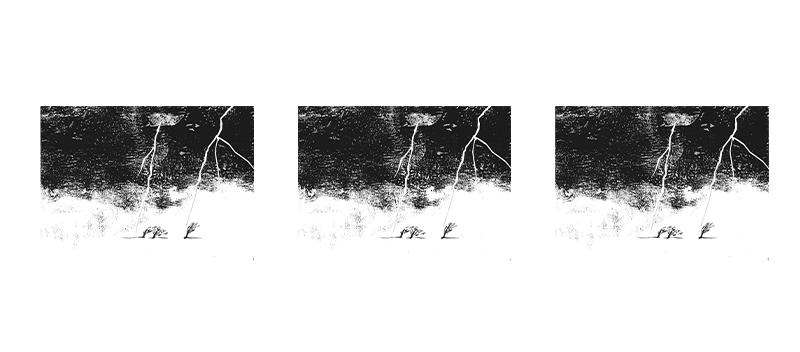Until recently, researchers underestimated the role of lightning strikes in tropical forests. That is changing, partly thanks to research by PhD student Bianca Zoletto (Forest Ecology & Forest Management group).
‘My preliminary results show that a single strike affects an average of seven trees and kills two. However, the numbers can be up to 20 damaged trees and 16 dead trees per strike.’
Whereas scientists previously underestimated the role of lightning in tropical forests, researchers now believe that lightning in the tropics affects 832 million trees annually. Almost a quarter of them don’t survive the strike, and this makes it a major natural cause of death among tropical trees alongside drought, storms and disease.
Zoletto looked for traces of lightning strikes in Uganda’s Bwindi rainforest. It lies on the Albertine Rift, on the edge of the Congo Basin. This area is one of the world’s lightning hotspots, with up to 200 strikes per square kilometre each year. By comparison, in Europe there are at most three strikes per square kilometre. ‘There is much more water vapour and energy in the air in the tropics, so you get thunderstorms much more often.’
Lightning scars
However, a lightning strike is not easy to prove. In the rainforest, Zoletto and a team scanned the trees and canopies for lightning damage. One proven sign is ‘flashover damage’, where the strike has defoliated some of the branches in the treetops following a recognizable pattern.
There is more water vapour and energy in the air in the tropics, so you get thunderstorms much more often
Scars on the trunk are another possible sign, but researchers in Panama concluded they are rare and therefore unreliable. However, Zoletto found that was not the case in Bwindi rainforest. In 2022, she discovered the trees had scars on the trunk in 20 out of 62 lightning strike sites. The scars complement the established method, says the PhD student. This is because not every affected tree has both flashover damage to the canopy and scars on the trunk. ‘Moreover, that crown damage is not always a reliable sign,’ Zoletto argues. ‘A storm or insects can also defoliate part of the crown. And when the leaves grow back, the traces are gone, whereas a scar remains visible for years.’
Sensitivity
In other forests, the ecologist found few or no scars. ‘It may depend on the tree species in the forest,’ Zoletto suggests. ‘Three species in Bwindi rainforest accounted for most of the scars. In the other forests, those species were less common.’
According to Zoletto, how sensitive a tree is to strikes may have to do with the wood structure, but also with the electric current that each tree possesses. ‘Every tree generates an electric current in its trunk due to the ions in the tree sap. We know very little about such currents.’ She is developing specific tools to measure very weak voltages together with other departments and technicians within WUR. She is open to more collaborations.

 Lightning damage to a tree in the Bwindi rainforest. Photo Bianca Zoletto
Lightning damage to a tree in the Bwindi rainforest. Photo Bianca Zoletto 
